Think Big, Print Easy with the new HP DesignJet Studio Series
With the world becoming increasingly more innovative, it is essential that designers and architects recognize the importance of implementing new innovative technologies within their businesses.
To cater to this, HP has released its new innovative DesignJet Studio Printer Series that stands out with high-speed & high quality printing.
For those who aim for the highest standards of design, HP DesignJet Studio Printer Series is your perfect partner. These printers are the world’s first large-format plotters which combine industry-leading performance, precision and quality with a high-concept design and a high-tech look. Their design simplicity extends to the user experience with a uniquely streamlined and intuitive print process.
Easy-to-use, HP DesignJet Studio Printer Series is ideal for creative firms where practitioners are often working on the move, between the studio, work sites, clients, and other locations.
Aesthetics
Is your office a design-led space?
For many creative professionals, their office is an extension of their and their brand identities — which makes it all the more important every item fits the design ethos.
Form, according the classic essay by American architect Louis Sullivan, should follow function. But what if part of the function of an object is simply to be visually appealing, to delight, to enhance the built environment with its presence?
The question is of special relevance to design professionals such as architects, engineers, and product designers. Their work environment can be an extension of their identity and professional ethos – and acts as an advertisement for their creative brand.
The importance of aesthetics in design-led businesses
Design thinking is now a respected philosophy and a problem-solving approach. It involves taking the principles of design — solving problems with reference to the challenge, the user experience and the available materials, then iterating your way to a solution — and applying them to a whole range of challenges in different areas of life.
Most clients today arguably expect the workspaces of their creative agencies and professionals, whether minimalist offices or bare-brick loft spaces, to reflect their aesthetic ethos and design-led skills.
Indeed, the growing prominence of disciplines such as design-led thinking makes it even more important certain for design professionals to live up to their customers’ aesthetic expectations. It’s a matter of branding and brand advertising.
“Our research shows design professionals want the things they use in their professional lives to fit in with their aesthetic ethos,” said Colin Easton, Large Format Printing Channel Manager at HP UK. “That’s why we’ve created the HP DesignJet Studio Printer Series, which is designed specifically for creative professionals who need everything in their office or workspace to meet the highest standards of design.”
A new range of printers created for design professionals
The HP DesignJet Studio Printer Series are the world’s first large-format plotters which combine industry-leading performance, precision and quality with a high-concept design and a high-tech look. Available in two models — 24- and 36-inch — the new printer series is compact by design, so models easily fit into smaller offices and home offices.
Able to print an A1 page in as little as 25 seconds, the new printers are also the first carbon-neutral large-format plotters from HP. Their design simplicity extends to the user experience, with a uniquely streamlined and intuitive print process. With a single click you can print multiple files. And new, auto-sensing media-handling capabilities allow you to print files to different paper sizes without having to get up and manually change the settings.
Also, because you can print from any connected device, anywhere, the HP DesignJet Studio Printer Series is ideal for creative firms where practitioners are often working on the move, between the studio, work sites, clients and other locations. Need to amend your designs on site, print on the go and grab the files when you quickly swing by your office? With these printers, you can.
Intelligent Workflow
Is there really one part of the design workflow you can’t streamline?
You can batch-process design files, automate manual tasks, switch to additive technologies for prototyping and use AI to simulate stress testing — but what about printing?
Increasingly, the best CAD design tools have built-in artificial intelligence which helps designers, engineers and architects find the best forms for their intended purpose, helping shortcut the design cycle. This is just one way in which design professionals are finding new and innovative ways to streamline their work, cut out unnecessary iterations and get to the result the client needs, faster.
Whether it’s 3D printing for faster prototyping, gathering data on designs in their environment with augmented reality or using BIM to turn schematics into ever-evolving datascapes, designers are constantly finding new ways to make their work more efficient and intelligent.
But what about printing?
Printing roughs, client presentations and blueprints often feels like the one part of the design workflow that can’t be accelerated, except by simply making the print engine faster. So, is this really true?
Building intelligence into the large-format print process
In reality, improving the speed at which the physical parts of the print engine — the latest HP DesignJet plotters print an A1-size design in as little as 30 seconds — is just one aspect of making printing for designers faster, and more integrated into their workflow.
“One of things we saw clearly in our own design process,” explains Colin Easton, Large Format Printing Channel Manager at HP UK, “was that professionals were working in increasingly diverse ways with their projects. They might want to print the same file, or batch of files, at different sizes for different purposes or audiences. They might also want to work on a file on site and then print from the taxi to the next job. Yet their print workflows didn’t allow them to do that, without a huge amount of manual configuration and troubleshooting at the very least.”
To overcome these challenges and meet customers’ evolving needs, HP has released the new DesignJet T200, T600 and Studio Printer series. All three new product ranges are built specifically to help design professionals accelerate their workflows and eliminate unnecessary production overheads.
Simplicity that integrates seamlessly into your work routine
One of the most effective, and deceptively simple workflow optimisations on the new models is simplified multi-size printing. Without manually switching the media source, you can print files at any size from A0 to A3, at the click of a mouse.
Print submission have also been simplified overall, allowing you to print multiple files with a single click. And print times for multiple files are up to 2 times faster than they are for comparable printers from competitors.
Another key innovation is the ability to print from any connected device, anywhere. Not only does this allow your staff to print from on site or when they’re in transit, it makes it easy for partners and clients to print files, either remotely or when they are visiting your offices.
In the new, and flexible workstyle of the post-COVID world, this helps you collaborate effectively, smoothly and at speed — keeping your workflows moving.
These features are in addition to the other improvements to the new HP DesignJet printers. They include the extreme simplicity — with an easy-to-use print driver and an improved “true print” preview mode — and the ability to manage your large-format printer from anywhere, using the HP Smart app.
“The new HP DesignJet T200, T600 and Studio Printer series are large-format plotters designed to produce the very highest quality output, and also to automate and simplify workflows, so design professionals can concentrate on their work, not getting the printer to work,” said Colin Easton, Large Format Printing Channel Manager at HP UK. “These new printer series are ideal for creative professionals – and prove that printing, with the right technology, is absolutely an area that can be streamlined to become even more efficient.”
Sustainability
Is your practice as sustainable as your principles?
Architecture, construction and engineering are some of the most environmentally conscious sectors — but can they apply their principles to their own working practices? They can now.
“The best way to predict the future is to design it,” said the ground-breaking American architect Buckminster Fuller. Today’s architects, product designers and engineers seem to have taken him at his word — and the future they are designing is a sustainable one.
In a recent survey, between 80% and 90% of architects said that sustainability was important in their work. And by 2021, almost half of all architects will be working on more sustainable than non-sustainable projects.
This shouldn’t come as a surprise to anyone who has worked with design professionals. Architects, engineers and designers tend to be highly engaged in promoting sustainability and incorporating it into their work.
But what about building sustainability into day-to-day working practices themselves?
This can be tougher. Any design-led profession requires cutting edge IT equipment such as servers and workstations. Unless all of these are the very latest and most sustainable models, it can mean higher than average energy bills.
Travel, often international, to and from sites also increases the business’s carbon footprint. The creation of scamps, scale models, draft printouts and other forms of rough work can be heavy on both labour and consumables.
So, what can design professionals do to make their businesses more sustainable?
More and more, all the time – is the answer.
Now is the time to make the change
In the first two months of the COVID-19 pandemic, just one video conferencing app saw its usage rise by 574%. Over the last few months, businesses in every sector — including designers, architects, civil engineers and other design engineers — have grown used to doing everything from internal meetings to business pitches through video.
And this growth in video conferencing has a potentially huge impact on reducing business-related carbon emissions. According video conferencing platform Zoom, the average business trip produces 168 times the carbon emissions of the same meeting carried out by video conferencing.
Another way to make your studio or practice more sustainable is to look at processes, such as printing, which consume energy and some form of raw material, such as ink or toner. If you can find a way to produce the same quality output while using less energy and raw materials, this can have a significant impact on how sustainable your business is to run.
New energy-efficient printers
To meet this demand from creative professionals for a new generation of more environmentally sustainable large-format printers, HP has released the new HP DesignJet T200, T600 and Studio Printer series. All three new product ranges are made with a high proportion of recycled plastic and are designed to be more sustainable across their entire lifecycle than other comparable products.
Ways in which the new large-format printers are more sustainable than the competition include:
• consisting of up to 30% recycled plastic
• emitting up to 7.3 tons less carbon a year than comparable large-format printers
• using up to 95% less ink for routine maintenance than comparable large-format printers
These printers are also ENERGY STAR® certified by the US Environmental Protection Agency, a recognition of their contribution to delivering features and performance which help consumers improve their energy efficiency.
Thanks to features such as automatic, multi-size printing with just a single click and easy job submission, the new HP DesignJet printer series also helps you cut down the number of prints it takes to get exactly the right look and feel. This reduces the time spent on printing and troubleshooting – and helps save ink and paper.
Additionally, the HP DesignJet printer series work with free, convenient HP ink cartridges, recyclable through the HP Planet Partners program, reinforcing HP’s commitment to sustainable ink innovation. The printers also use HP Bright Office Inks, and work with FSC®-certified papers, ideal for technical document printing, as they provide bright colour and bold image quality on plain papers.
This is how these printers help design professionals minimise their energy usage, cut their carbon footprint and reduce the amount of consumables such as ink which they use. All of which helps make your business more sustainable – and saves you money.
The world’s easiest plotter
Designed to fit the way you live, this plotter provides design that performs, in technology that stands out in the first net carbon neutral HP DesignJet plotter.
Extreme simplicity
Bring your master plan to life in moments and multitask with ease. Print multi-size A3/B, A1/D or A0/E, without manual intervention to switch the media source, with HP Click software.
Fits the way you work
Your office is wherever you say it is. With the HP Smart App you can print virtually from anywhere with your smartphone or tablet.
With design that performs and technology that stands out, the world’s easiest large-format plotters1 fit the way you live and work. Print multi-size projects automatically. Avoid waiting with high-speed printing as fast as 25 sec per A1/D plot

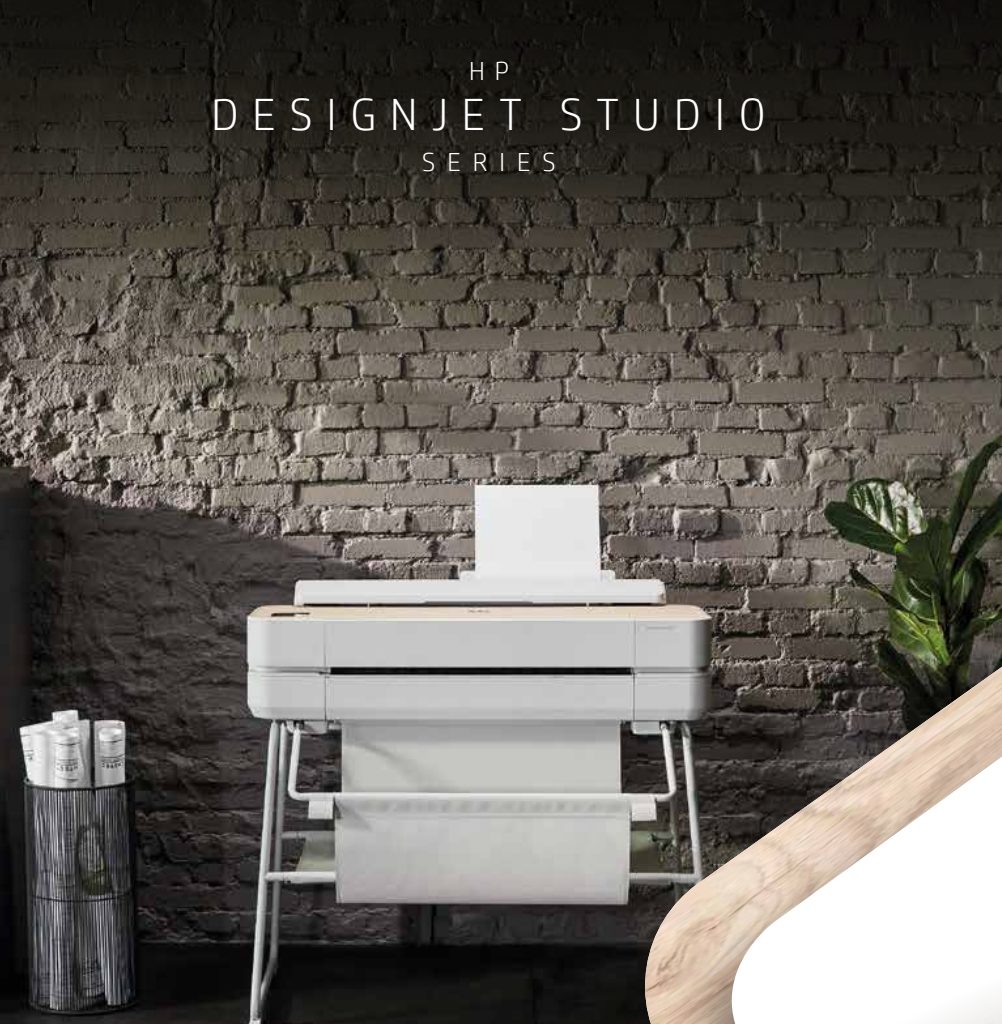


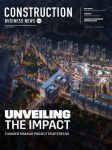
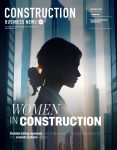




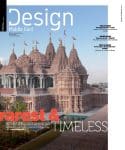
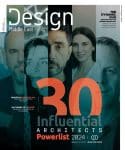
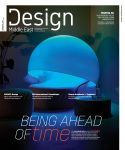
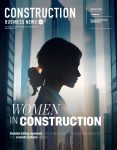
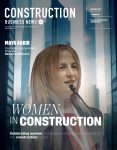


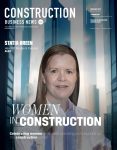
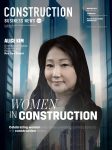



 Kuwaiti developer URC signs with Ahmadiah Contracting for the Commercial District development at Hessah AlMubarak
Kuwaiti developer URC signs with Ahmadiah Contracting for the Commercial District development at Hessah AlMubarak